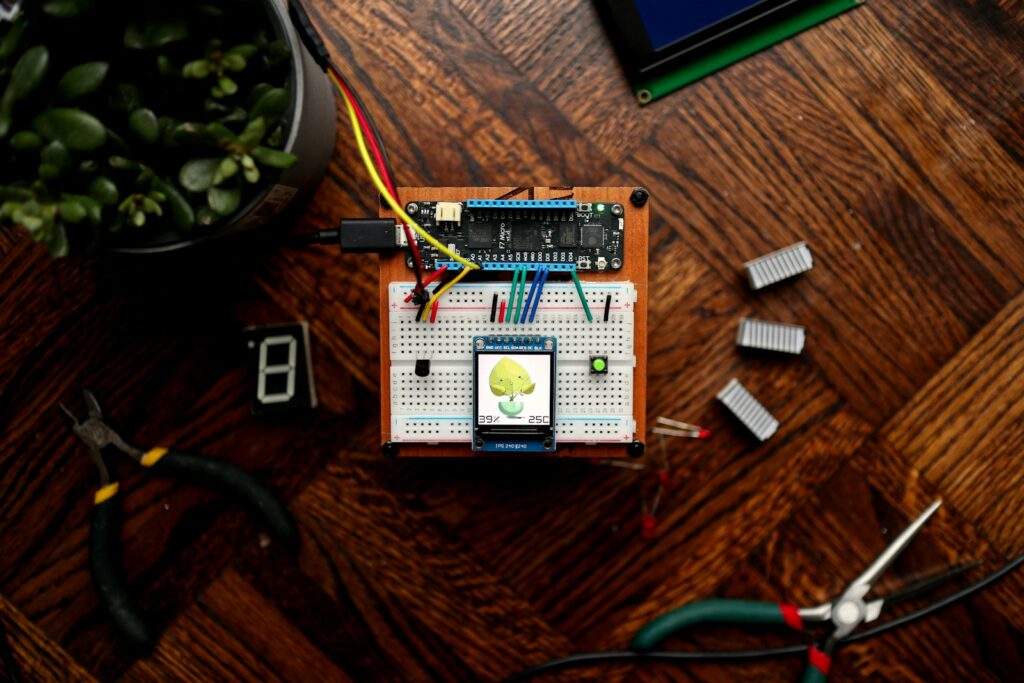
Title: Safeguarding the Future: Cyberthreat Protection for IoT Devices
In an era where connectivity reigns supreme, the Internet of Things (IoT) has emerged as a groundbreaking technological advancement, promising convenience, efficiency, and automation in our daily lives. From smart thermostats and wearable fitness trackers to industrial sensors and autonomous vehicles, IoT devices have permeated various aspects of society, revolutionizing how we interact with technology. However, this interconnected ecosystem also presents significant cybersecurity challenges, raising concerns about data privacy, integrity, and the susceptibility of IoT devices to cyberattacks.
As the number of IoT devices continues to soar, so does the potential attack surface for cybercriminals. These devices often lack robust security measures, making them prime targets for exploitation. Compromised IoT devices can be weaponized to launch large-scale distributed denial-of-service (DDoS) attacks, infiltrate networks, or steal sensitive information. Therefore, safeguarding the Internet of Things against cyberthreats has become paramount to ensure the integrity and resilience of our digital infrastructure.
Here are some essential strategies for enhancing cyberthreat protection for IoT devices:
- Implement Strong Authentication Mechanisms: Weak or default passwords are a common entry point for hackers targeting IoT devices. Manufacturers should enforce stringent password requirements and encourage users to personalize their credentials. Additionally, implementing multi-factor authentication (MFA) can add an extra layer of security by requiring users to verify their identity through multiple means, such as biometrics or one-time codes.
- Encrypt Data Transmission: Encrypting data both at rest and in transit helps prevent unauthorized access and eavesdropping. IoT devices should utilize robust encryption protocols, such as Transport Layer Security (TLS) or Datagram Transport Layer Security (DTLS), to secure communication channels between devices and backend systems. End-to-end encryption ensures that data remains protected throughout its entire journey, mitigating the risk of interception or tampering.
- Regular Software Updates and Patch Management: Vulnerabilities in IoT device firmware or software can be exploited by cybercriminals to gain unauthorized access or control. Manufacturers must prioritize timely software updates and security patches to address known vulnerabilities and mitigate potential risks. Furthermore, IoT devices should be equipped with automated update mechanisms to ensure that patches are promptly deployed without requiring user intervention.
- Network Segmentation and Firewalls: Segmenting IoT devices into separate network zones helps contain potential security breaches and limit the impact of compromised devices. By isolating IoT traffic from critical systems and implementing firewall policies, organizations can prevent unauthorized communication and mitigate the spread of malware or malicious activities within their networks. Additionally, deploying intrusion detection and prevention systems (IDPS) can help detect and block suspicious network traffic in real-time.
- Behavioral Anomaly Detection: Traditional signature-based security solutions may struggle to detect novel or evolving threats targeting IoT devices. Employing behavioral anomaly detection techniques enables organizations to identify abnormal patterns of behavior indicative of a potential security breach. Machine learning algorithms can analyze device activity and detect deviations from normal behavior, allowing for early detection and response to cyberthreats.
- Secure Development Practices: Security should be ingrained into the development lifecycle of IoT devices from the outset. Adopting secure coding practices, conducting thorough security assessments, and adhering to industry standards and best practices, such as those outlined by the OWASP IoT Top Ten Project, can help mitigate security risks throughout the development process. Furthermore, implementing security by design principles ensures that security considerations are prioritized at every stage of product development, from design to deployment.
- User Education and Awareness: End users play a crucial role in maintaining the security of IoT devices. Educating users about common cybersecurity risks, best practices for device usage, and the importance of regular software updates can help mitigate the human factor in security breaches. Additionally, providing clear instructions on configuring device settings securely and recognizing signs of potential compromise empowers users to take proactive measures to protect their IoT devices and personal data.
In conclusion, while the Internet of Things offers unparalleled convenience and connectivity, it also introduces new challenges and risks to cybersecurity. By adopting a proactive approach to cyberthreat protection and implementing robust security measures, organizations can mitigate the inherent risks associated with IoT devices and safeguard the integrity and privacy of data in the interconnected world. As IoT continues to evolve, collaboration between manufacturers, policymakers, and cybersecurity professionals will be essential to ensure a secure and resilient IoT ecosystem for the future.
